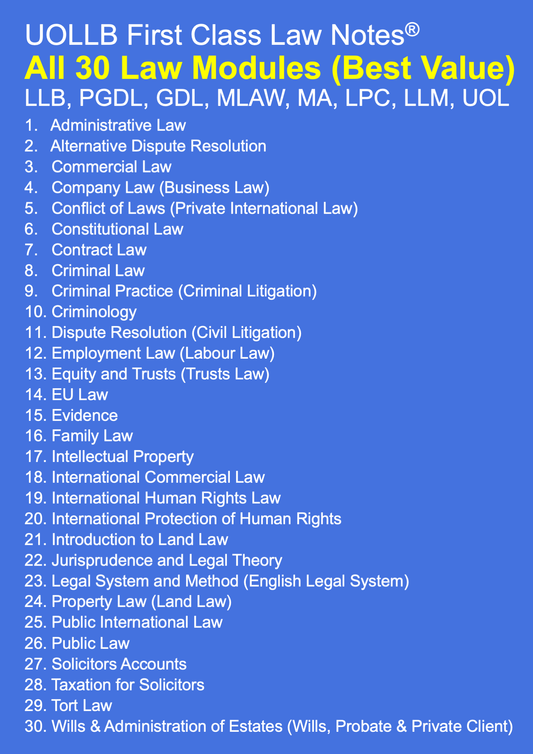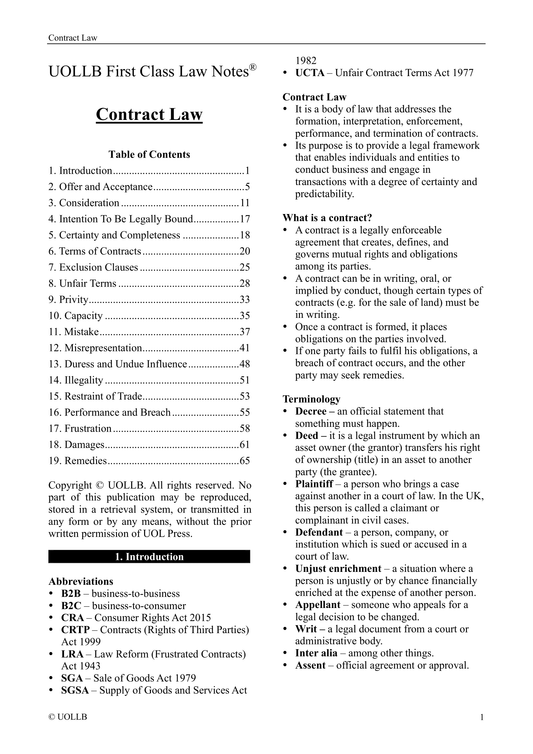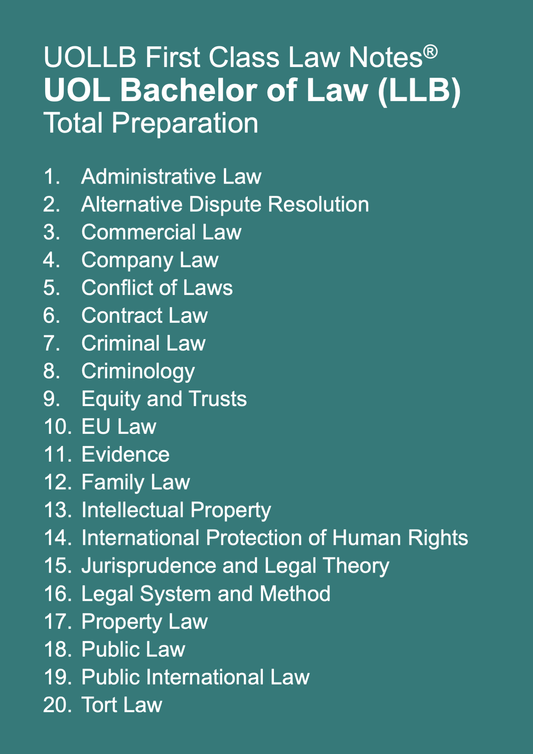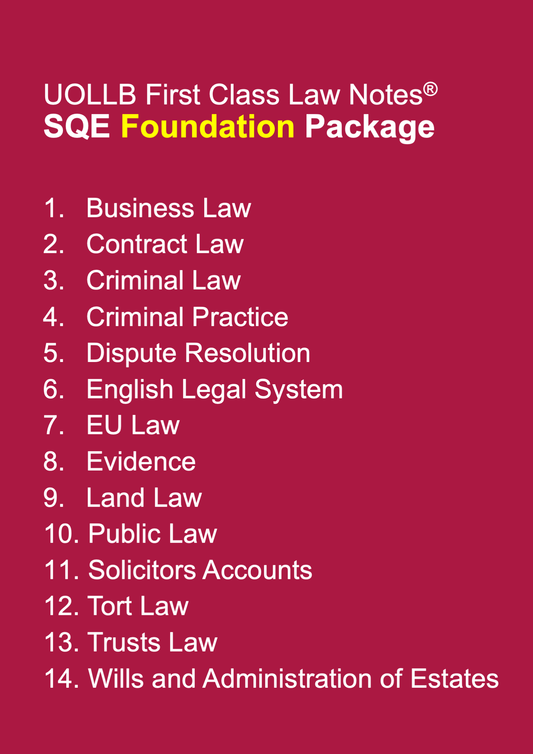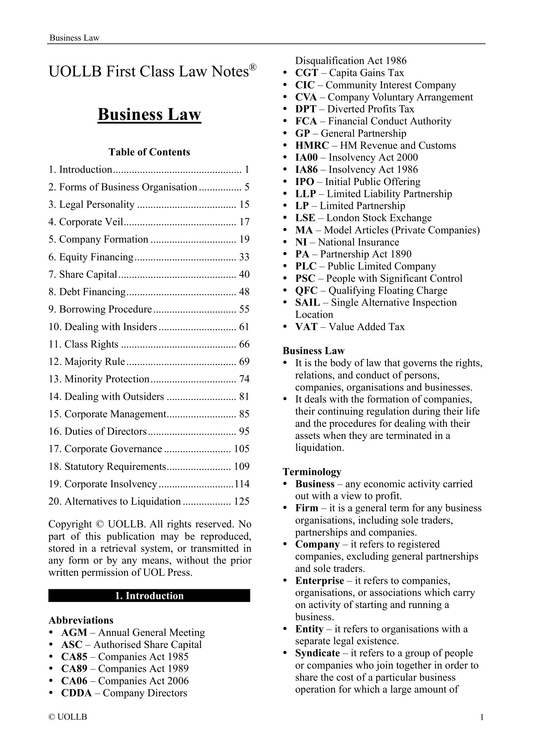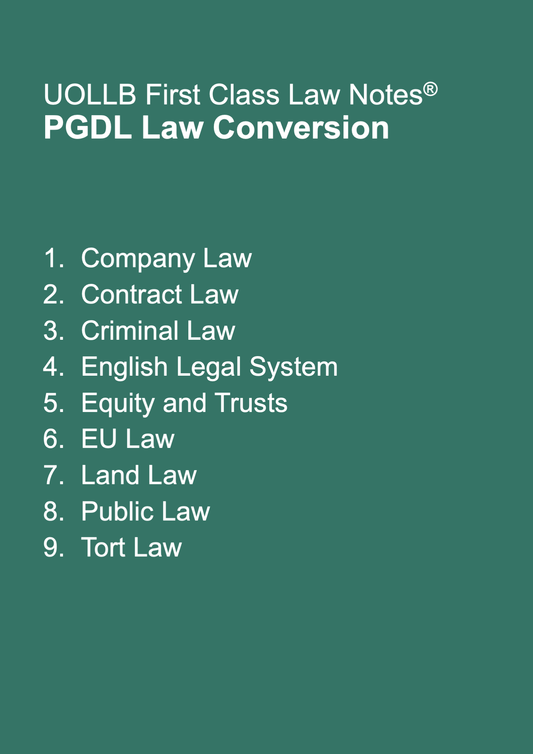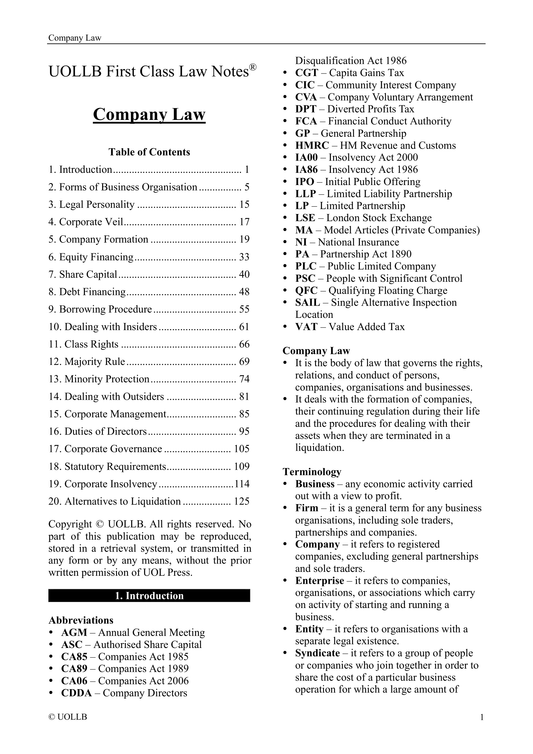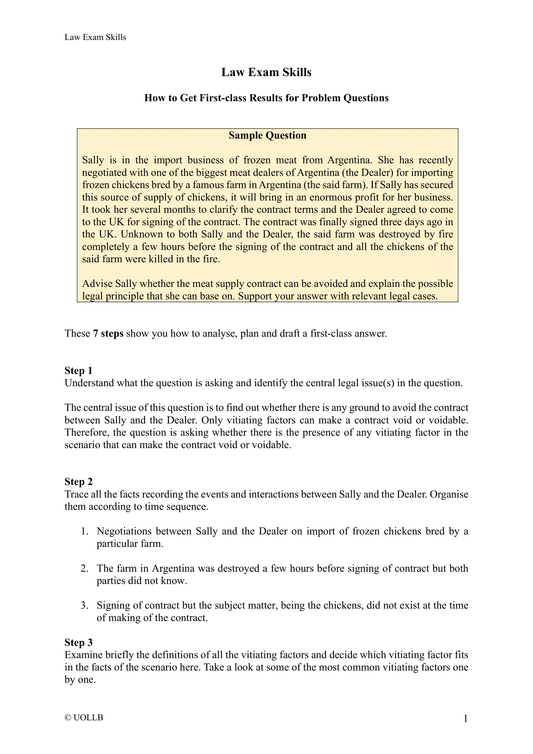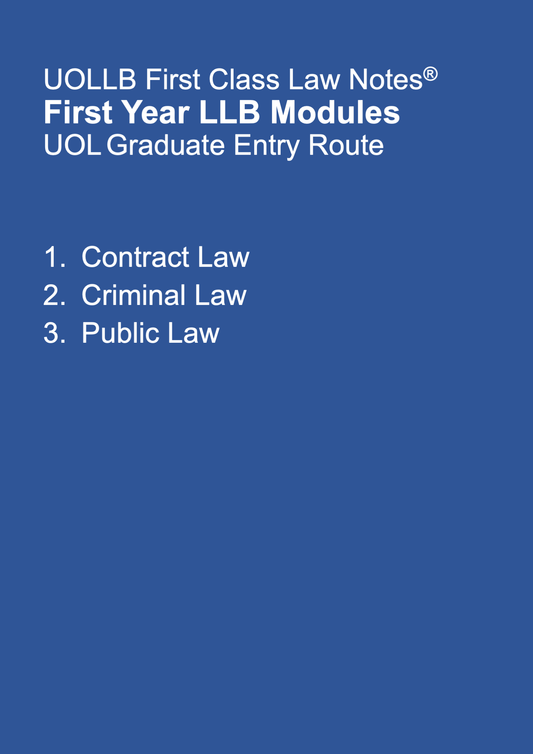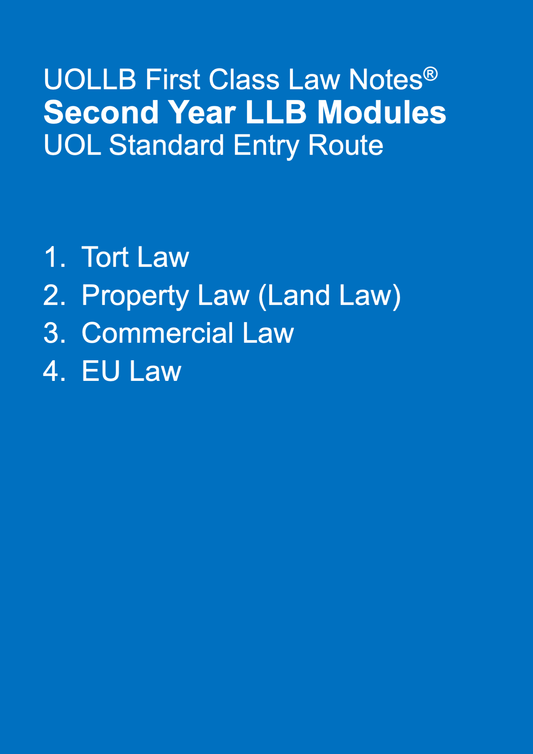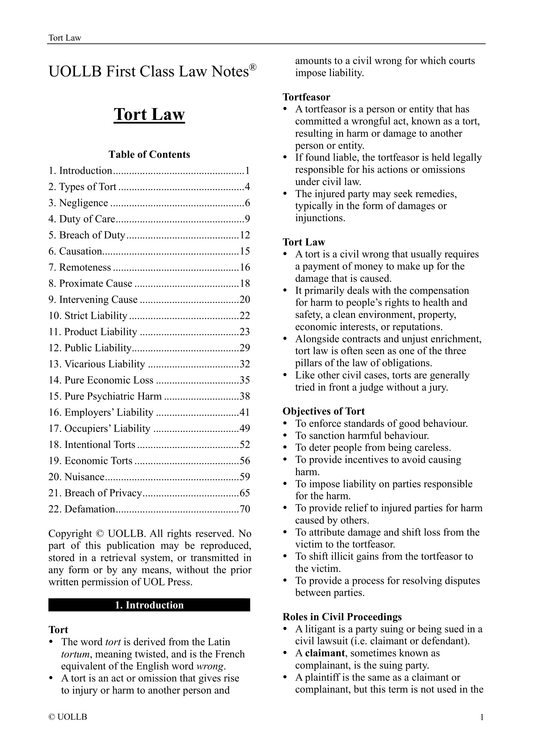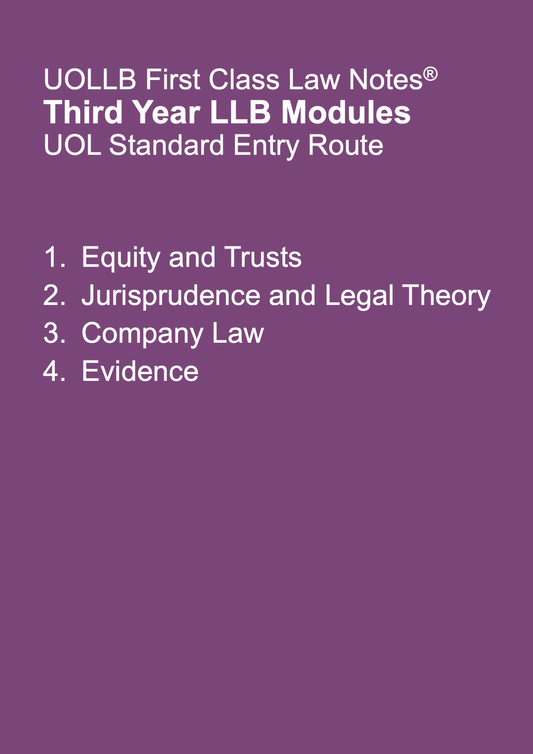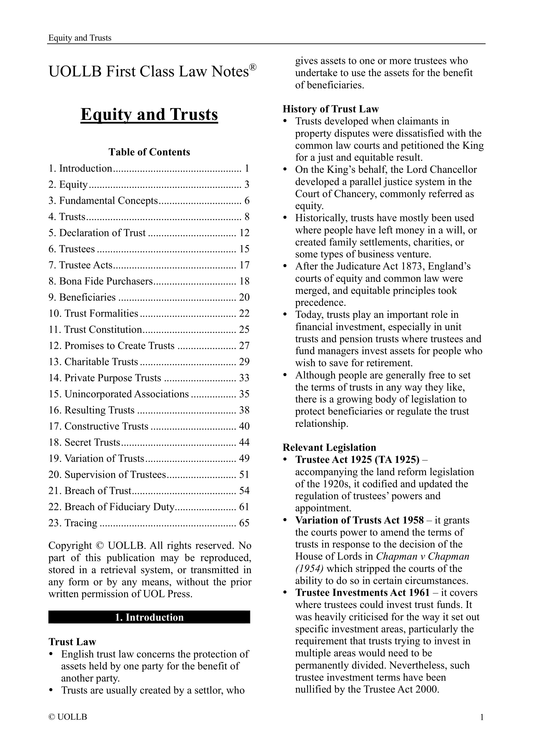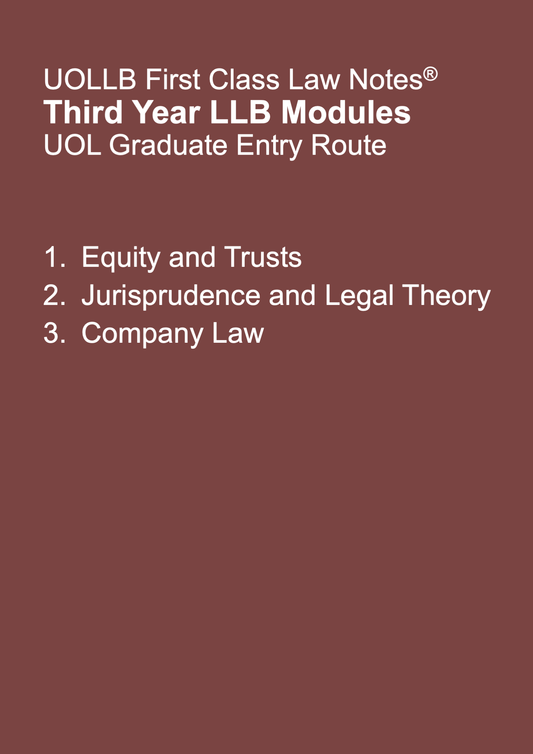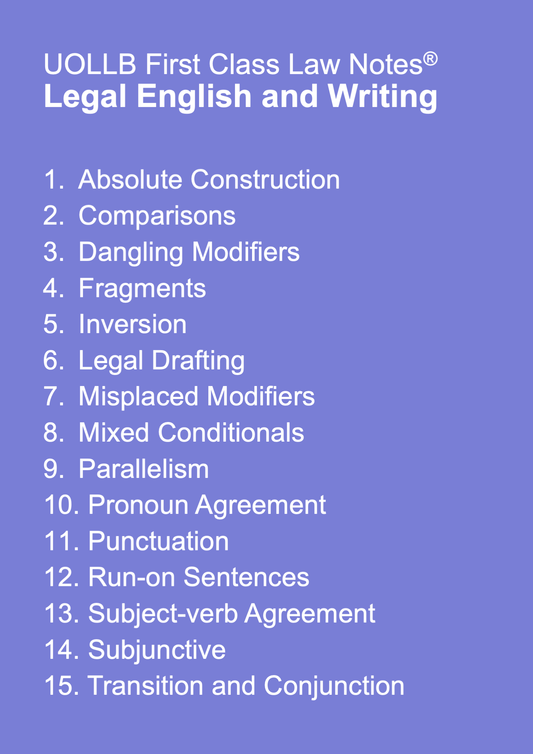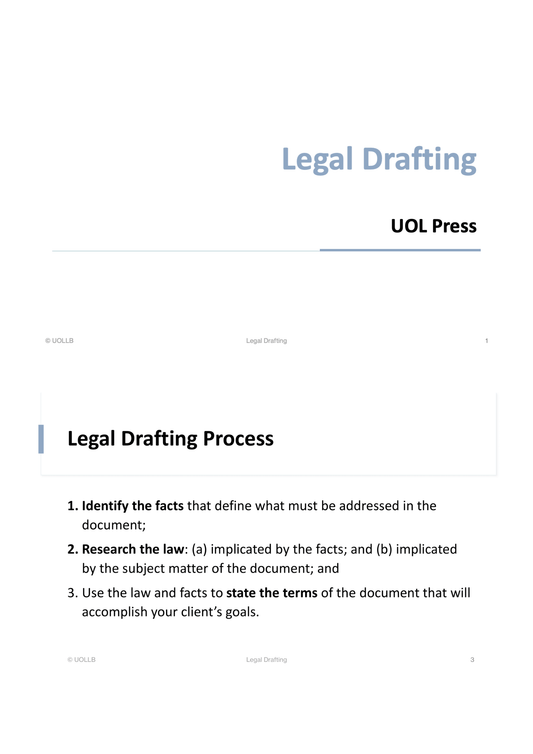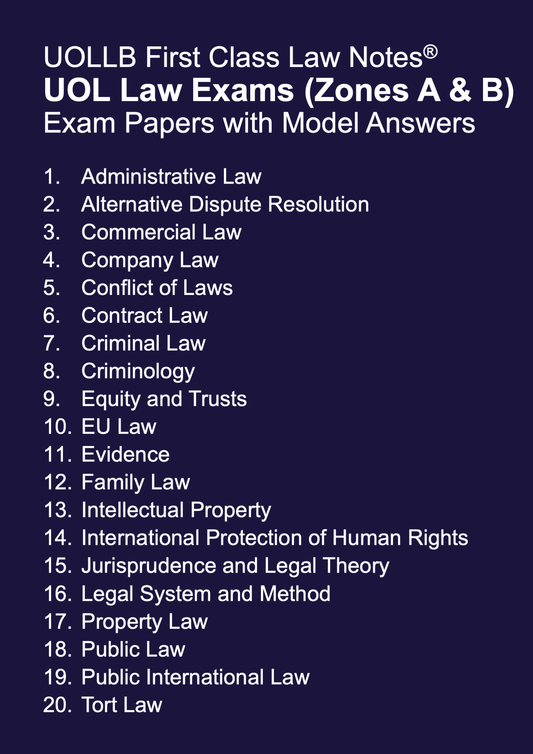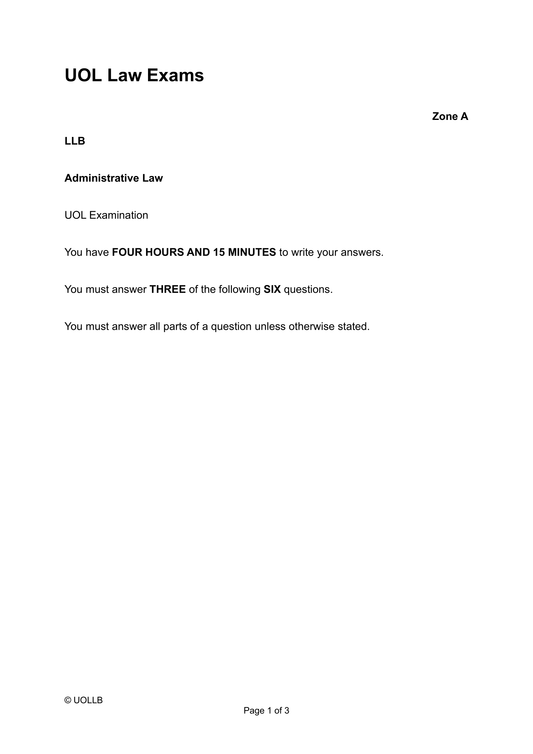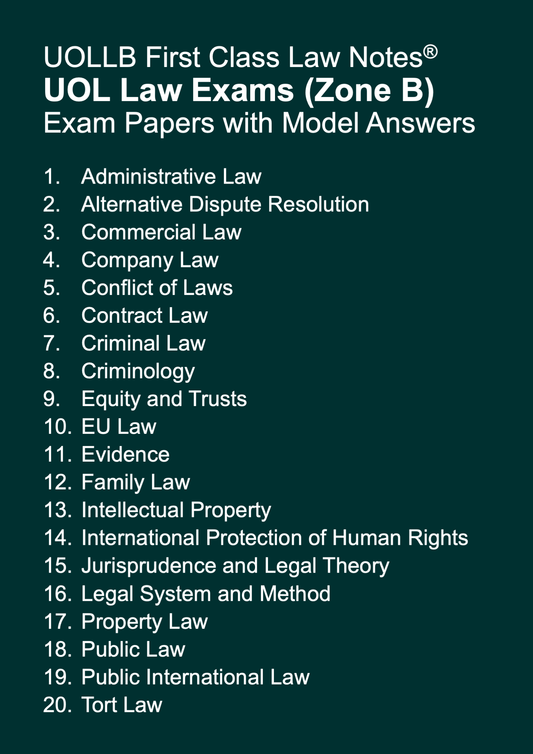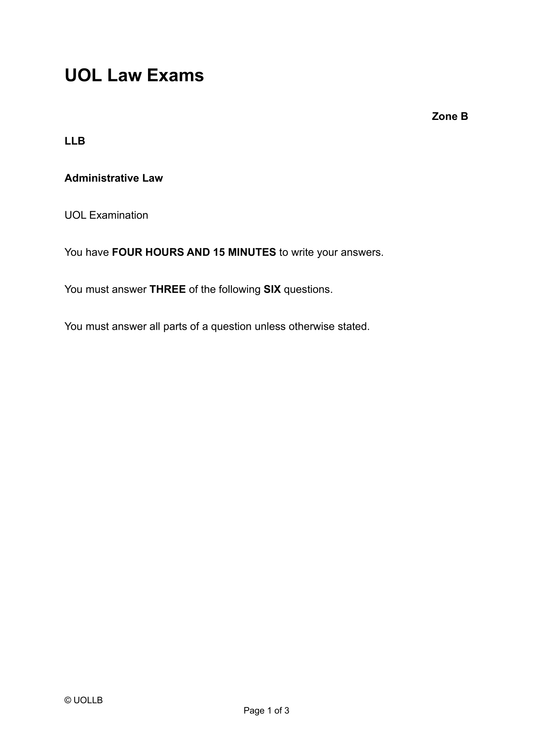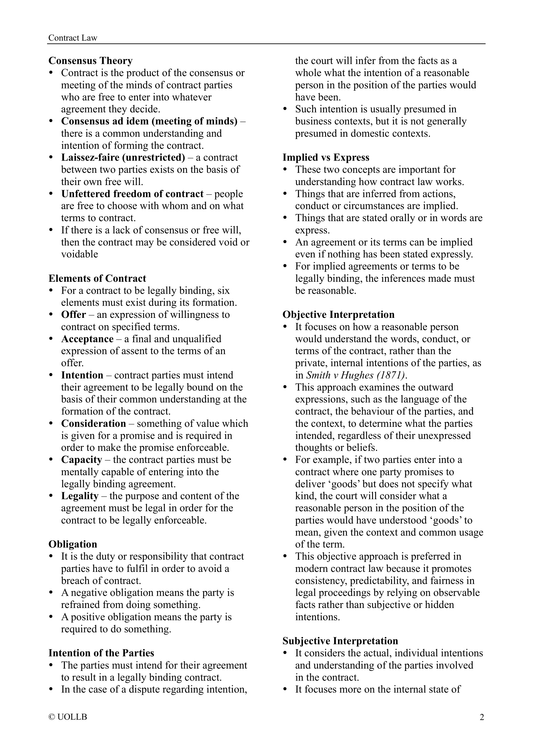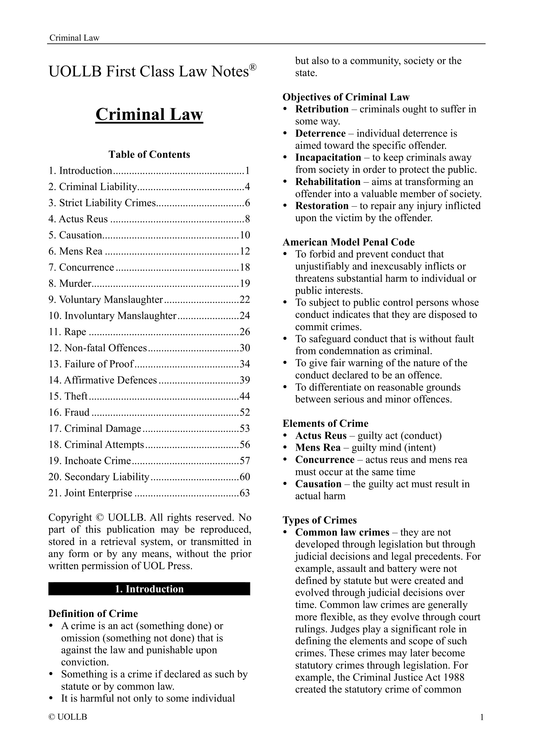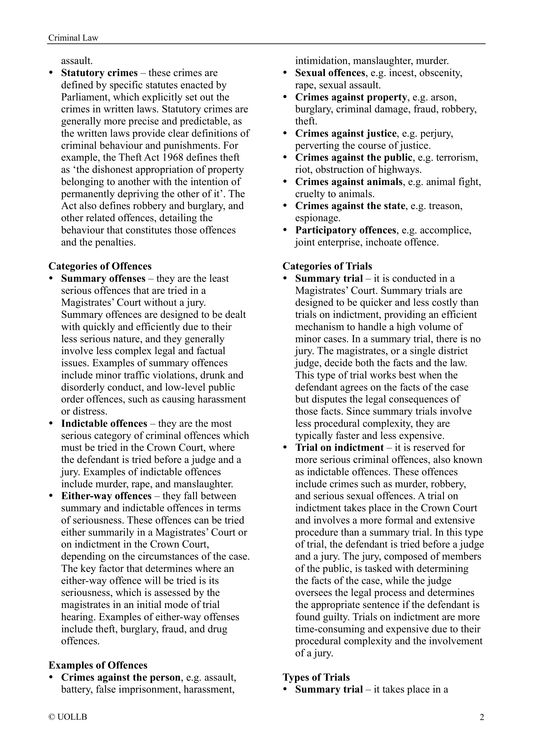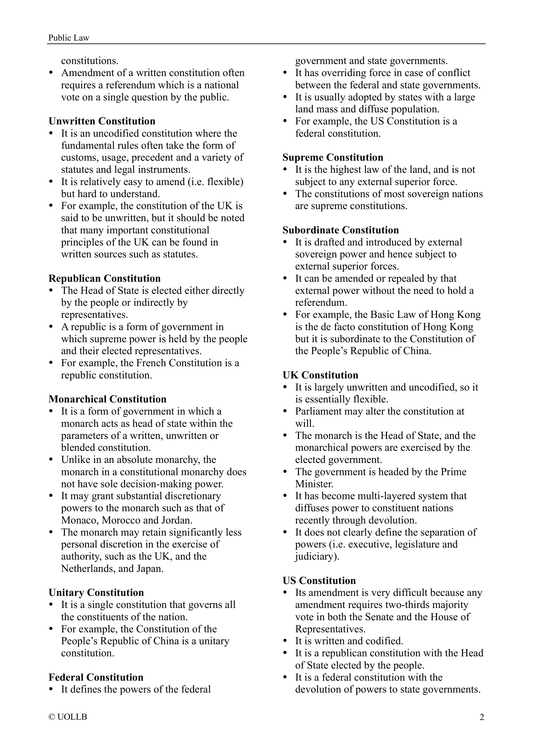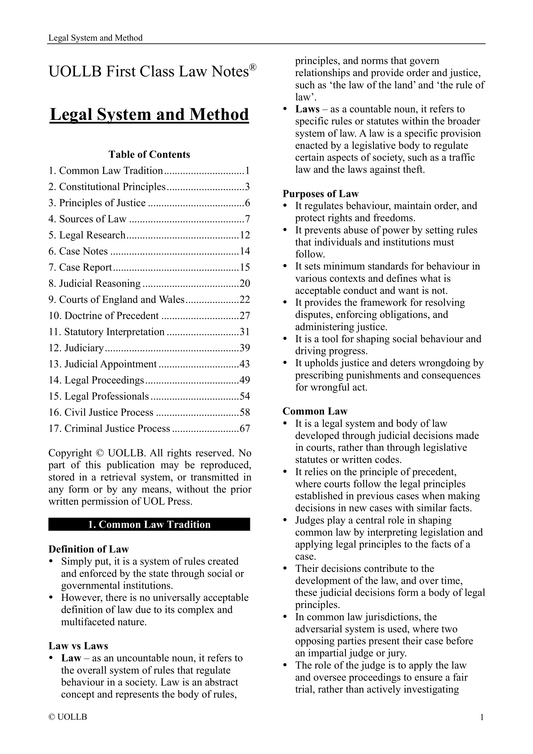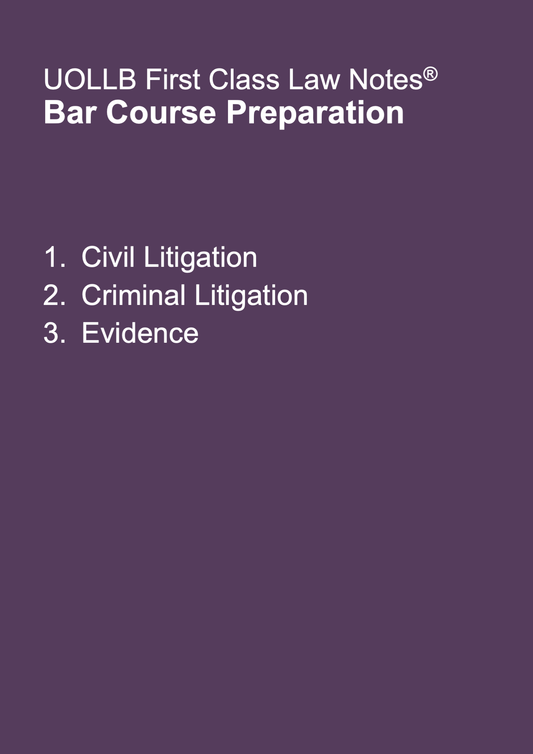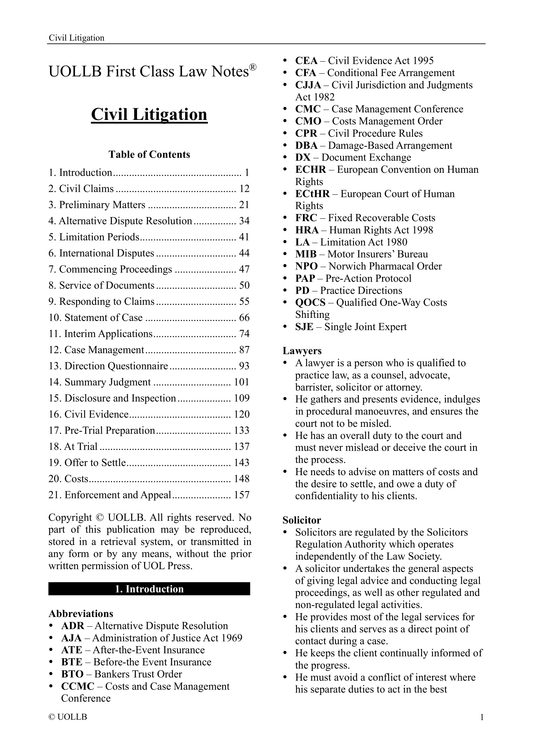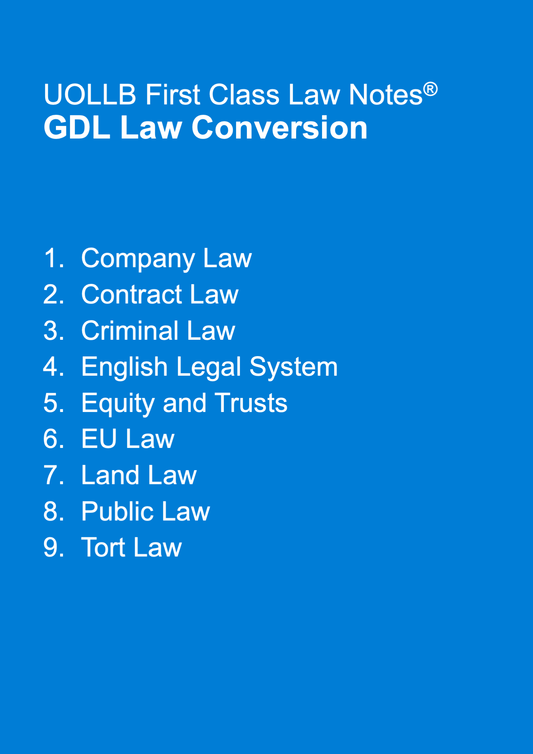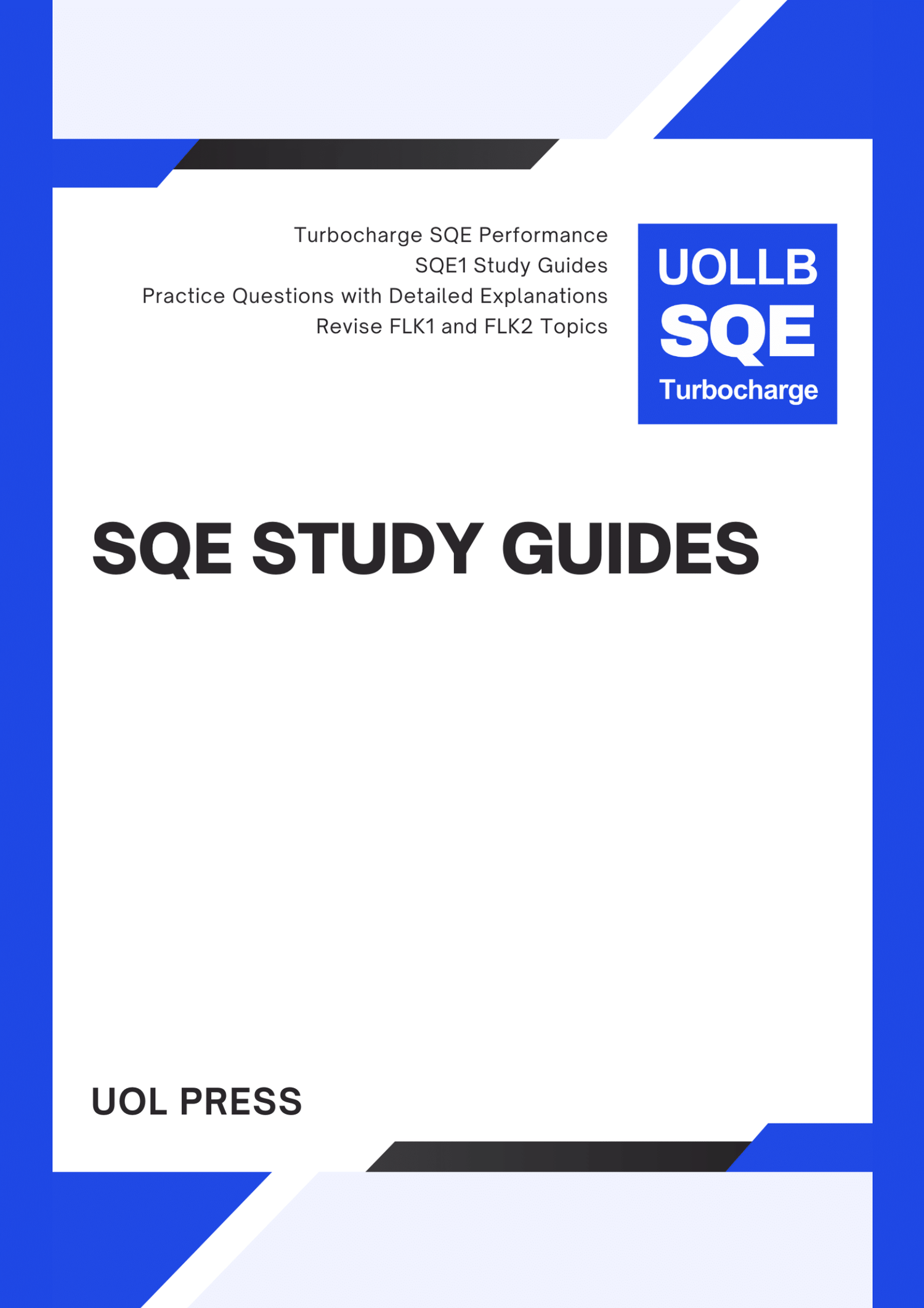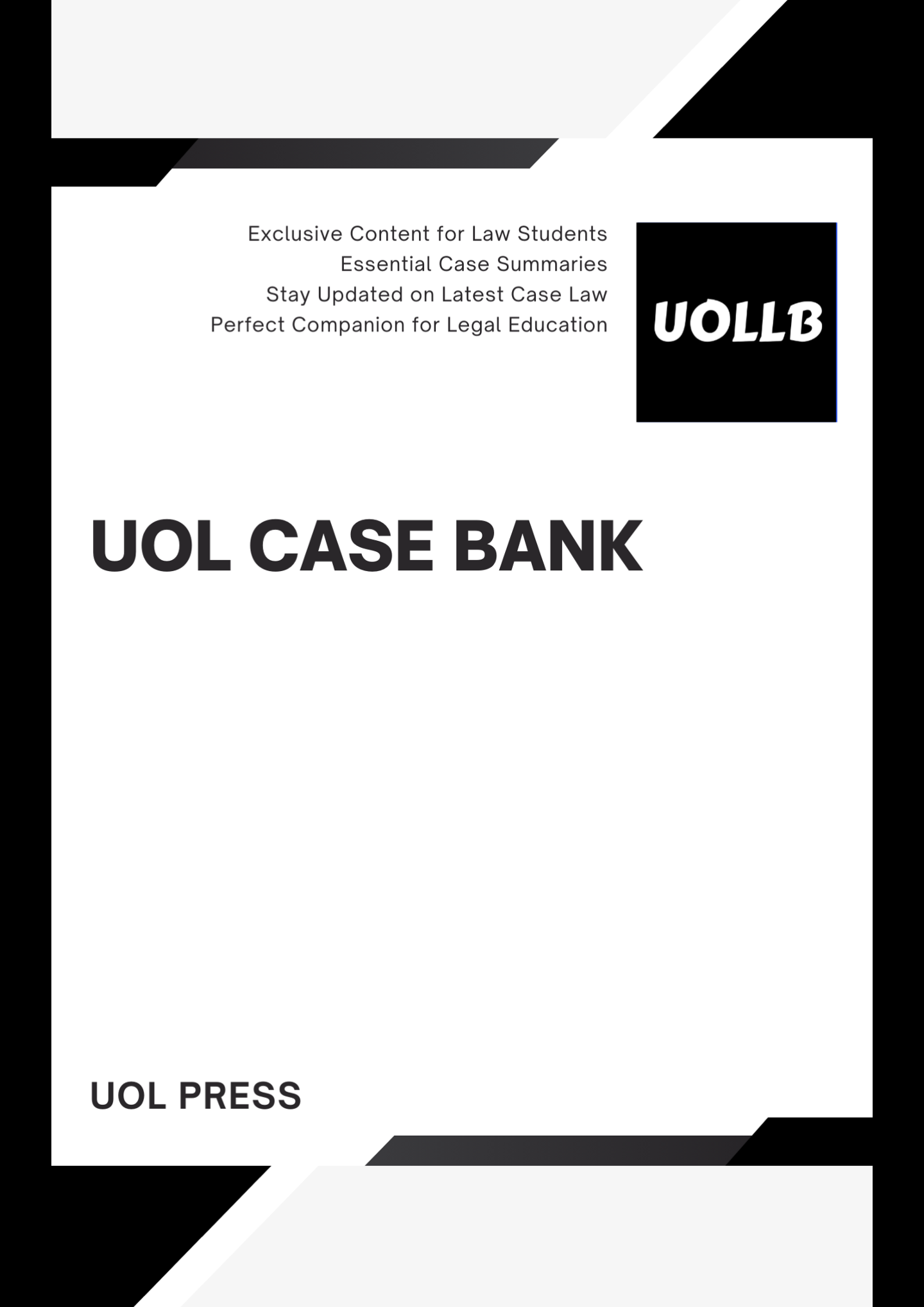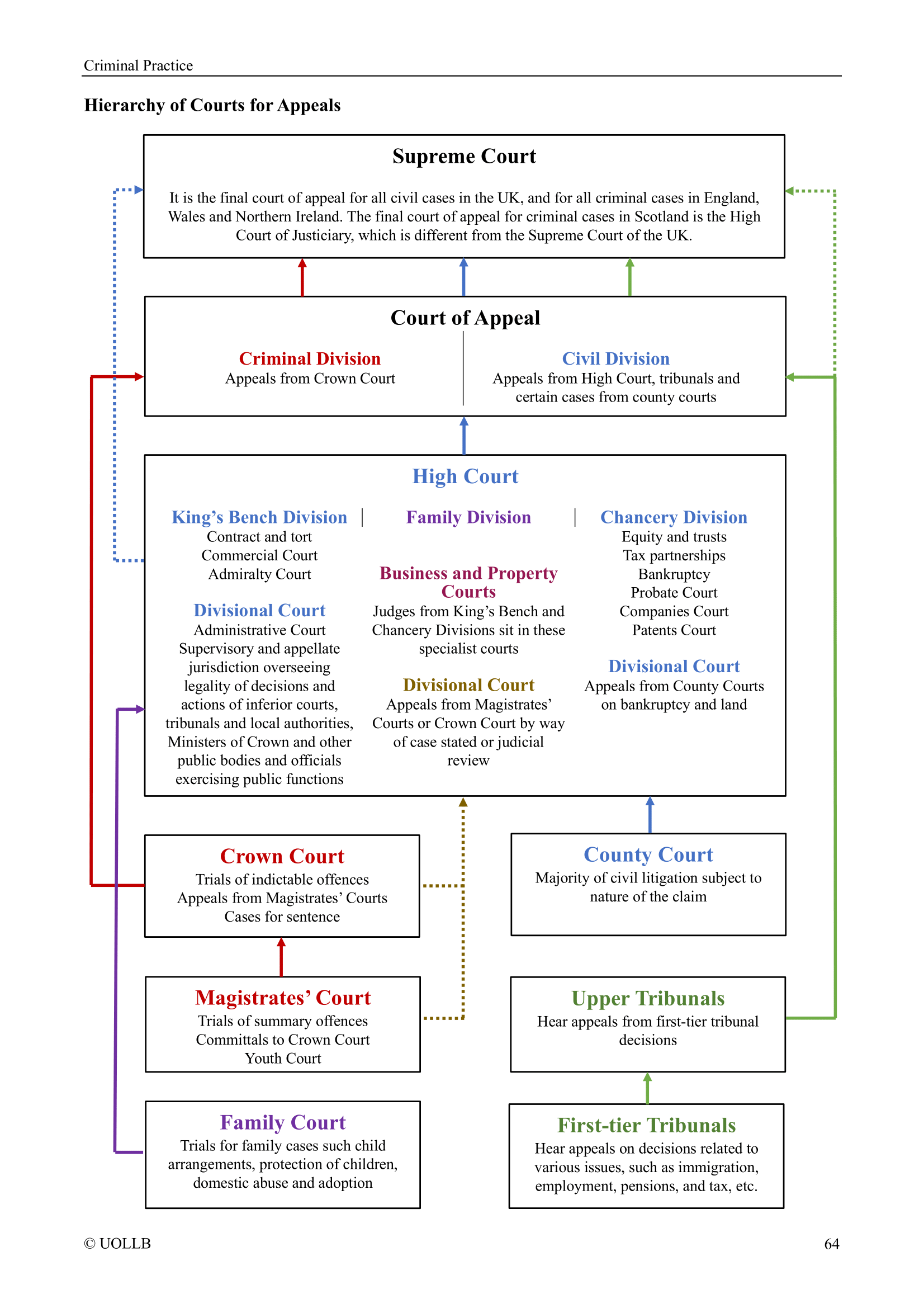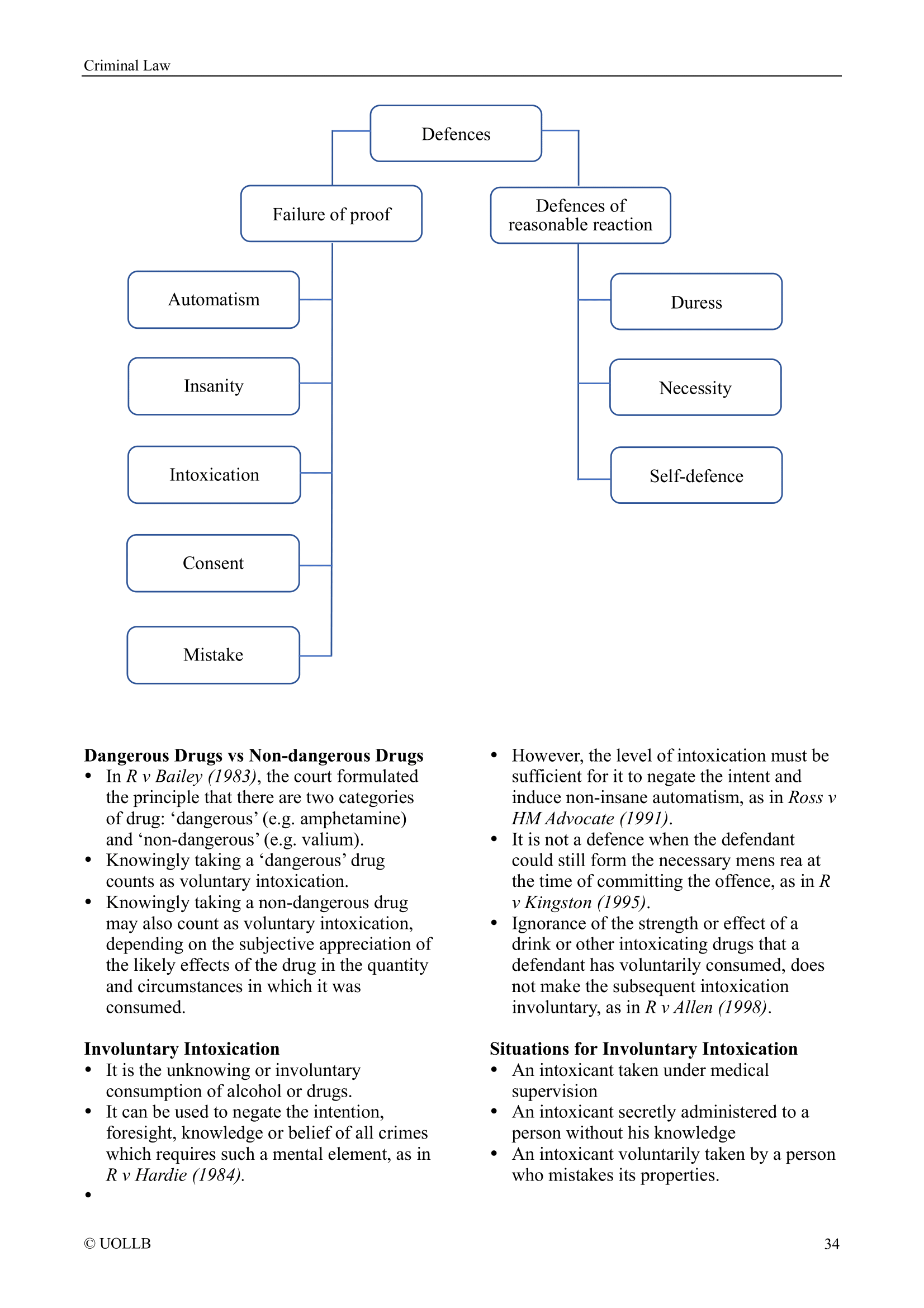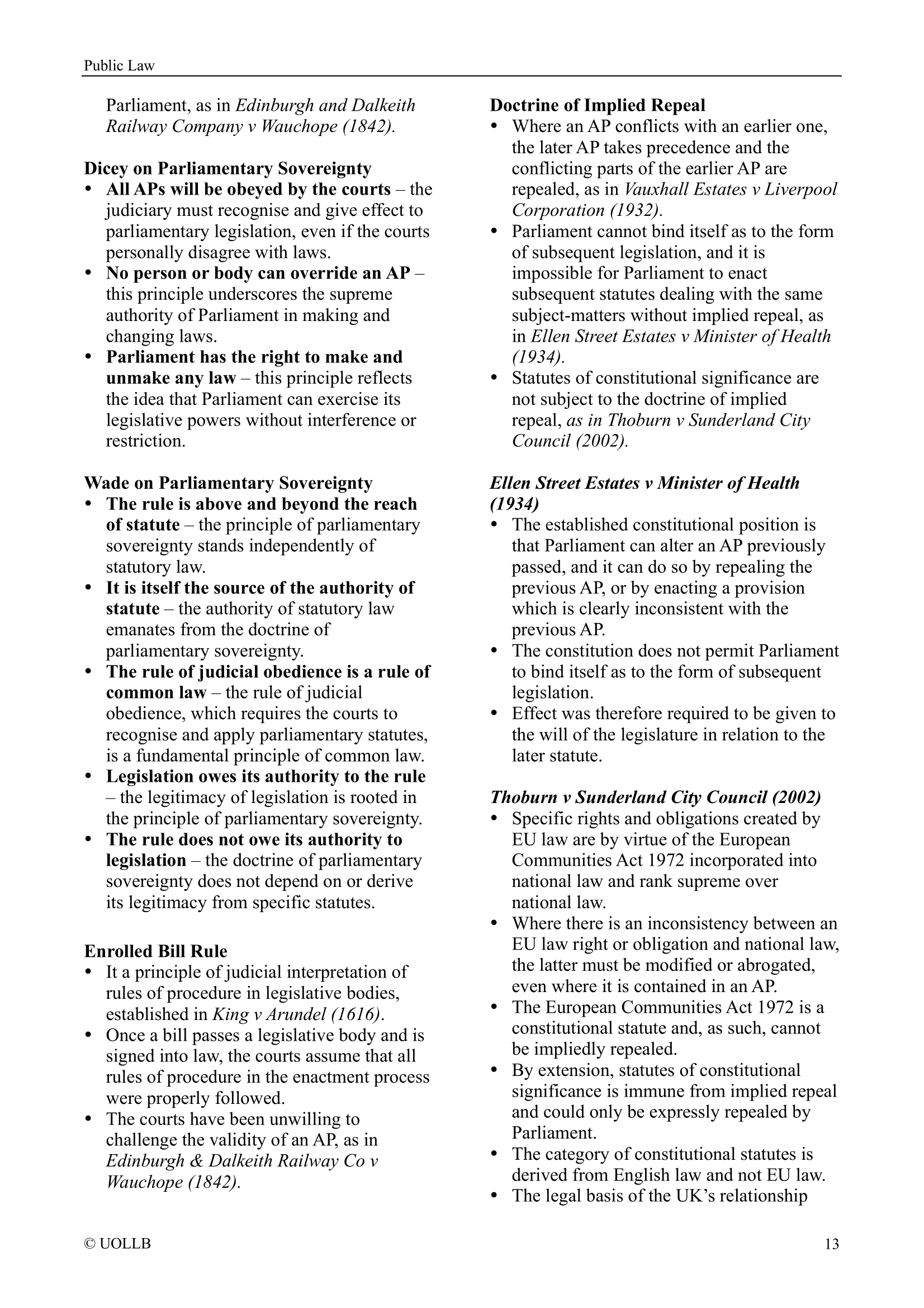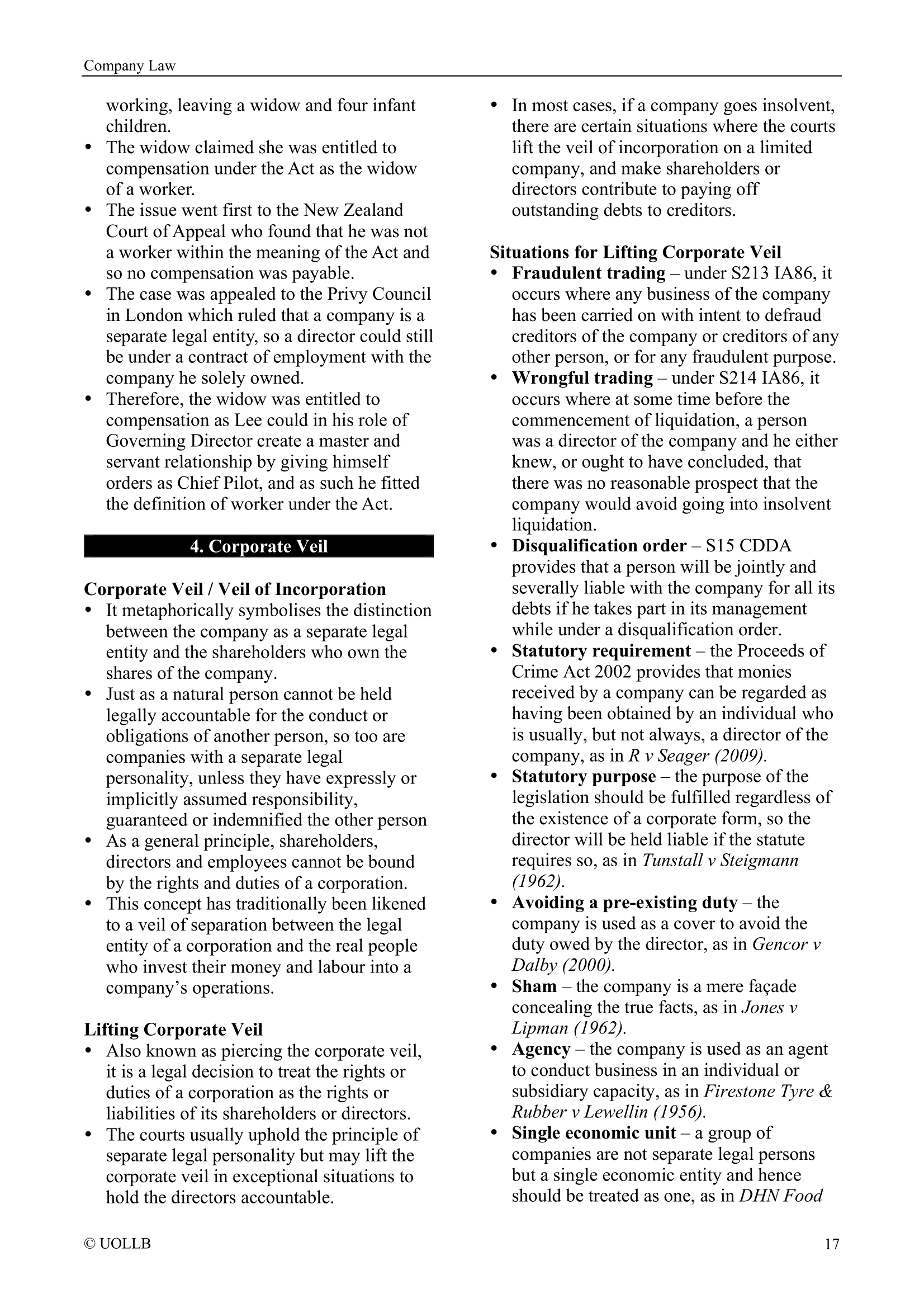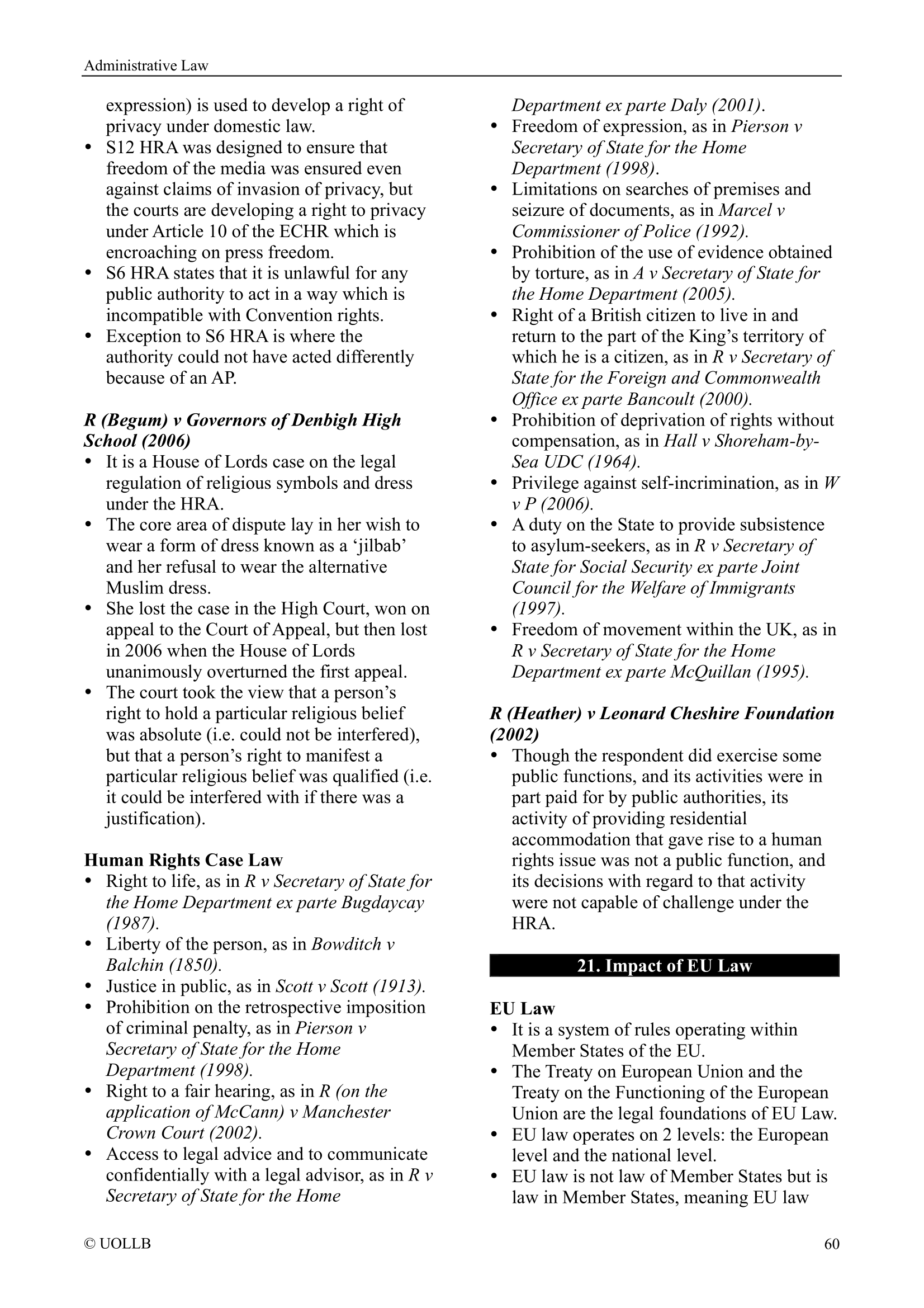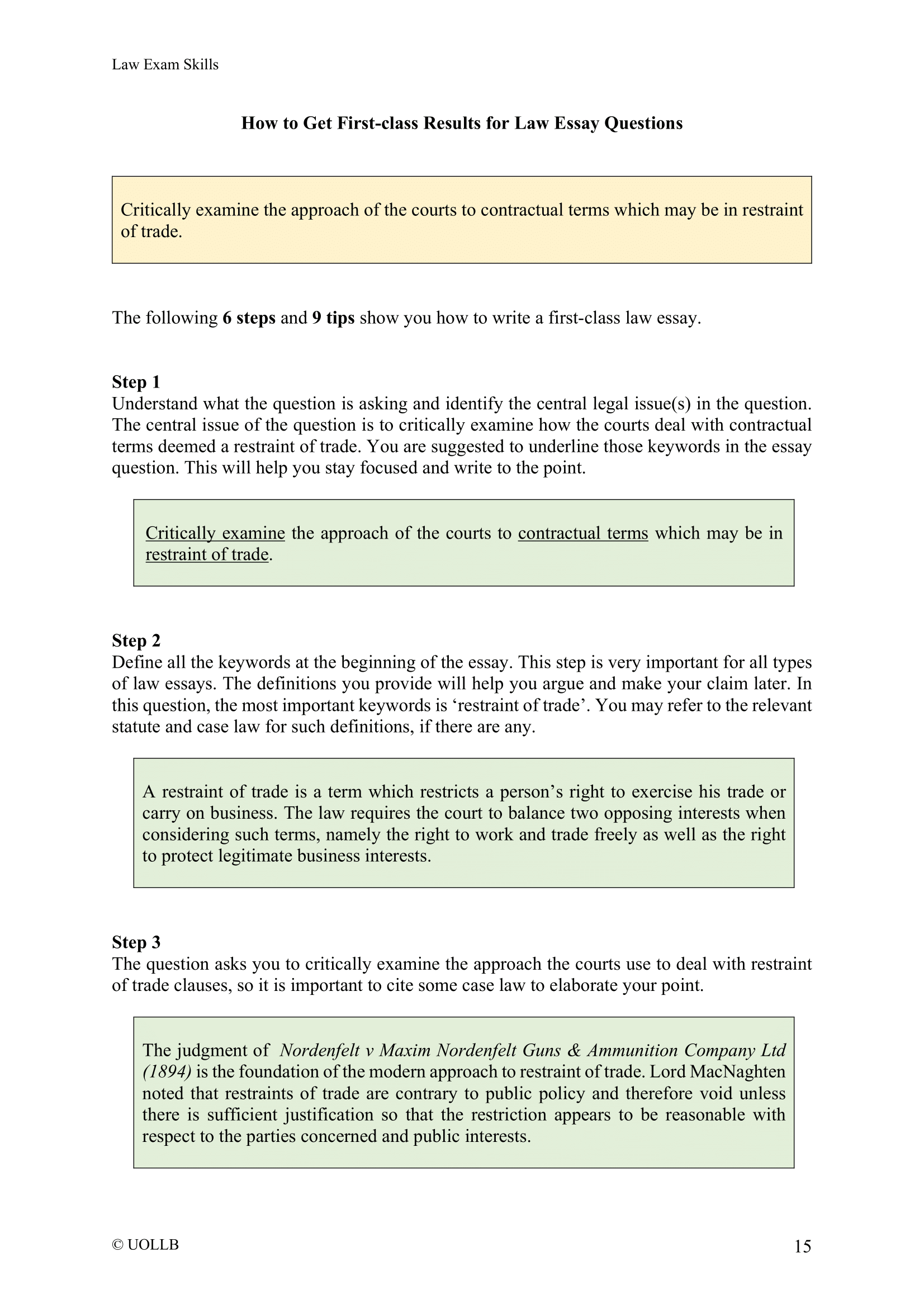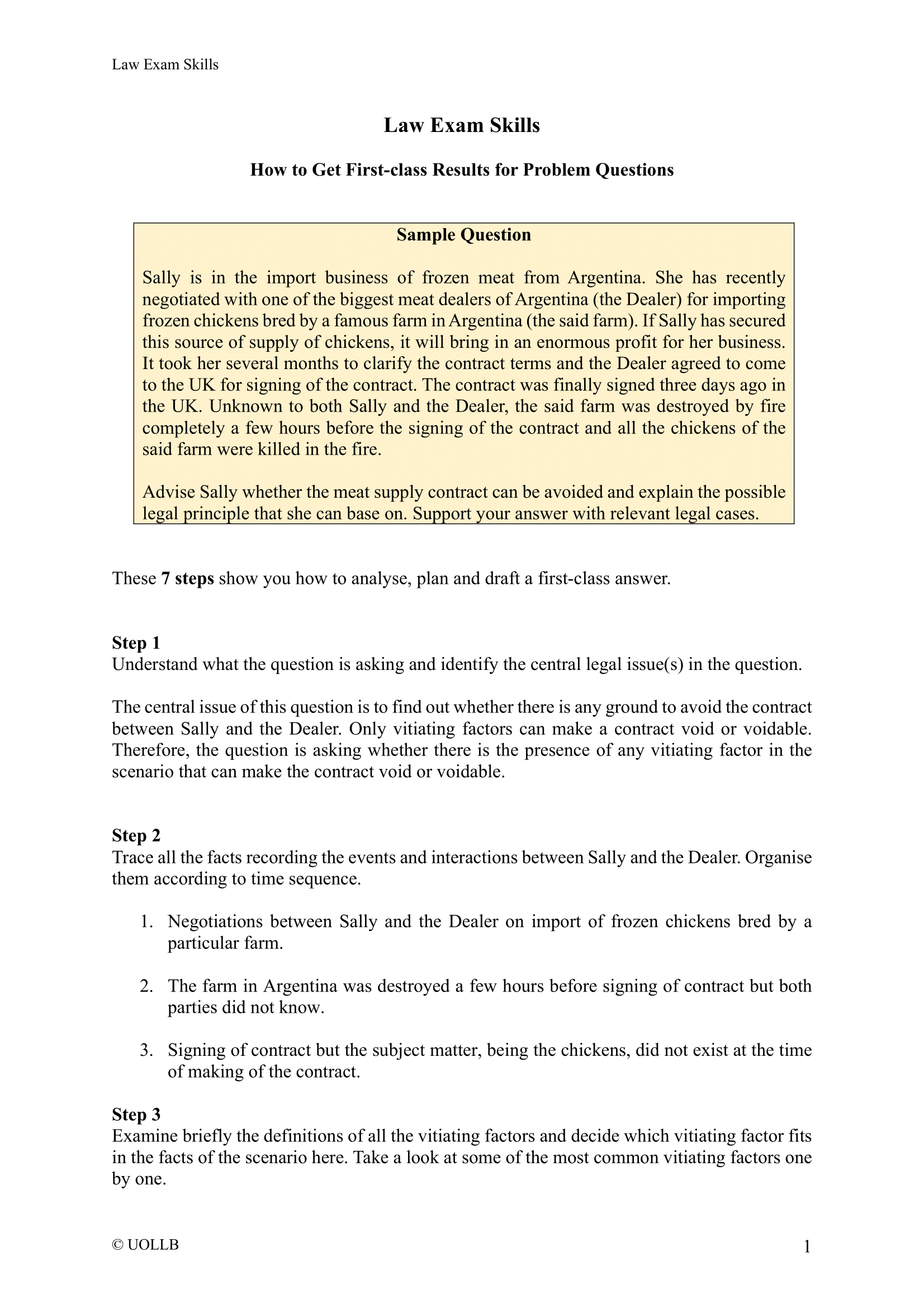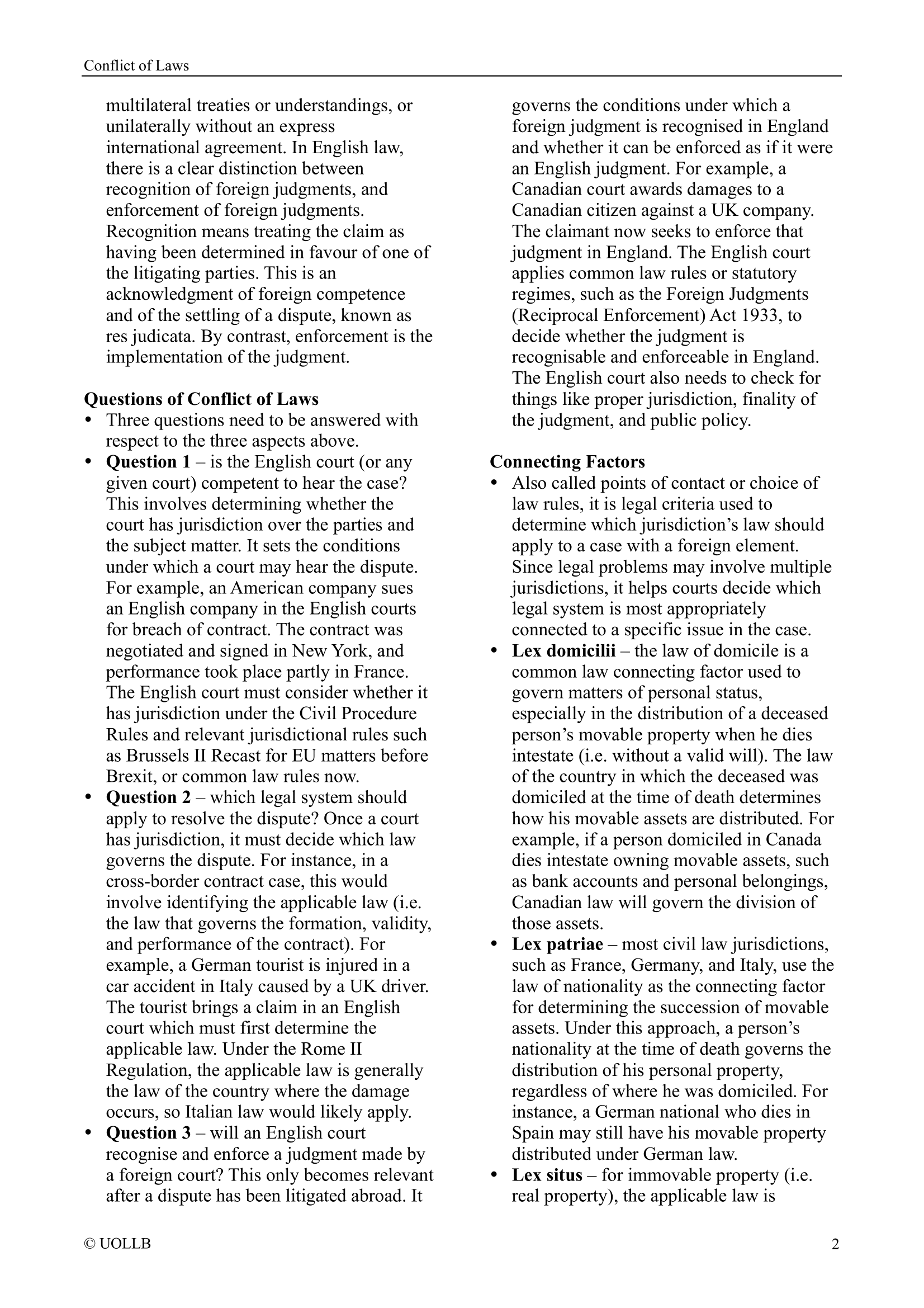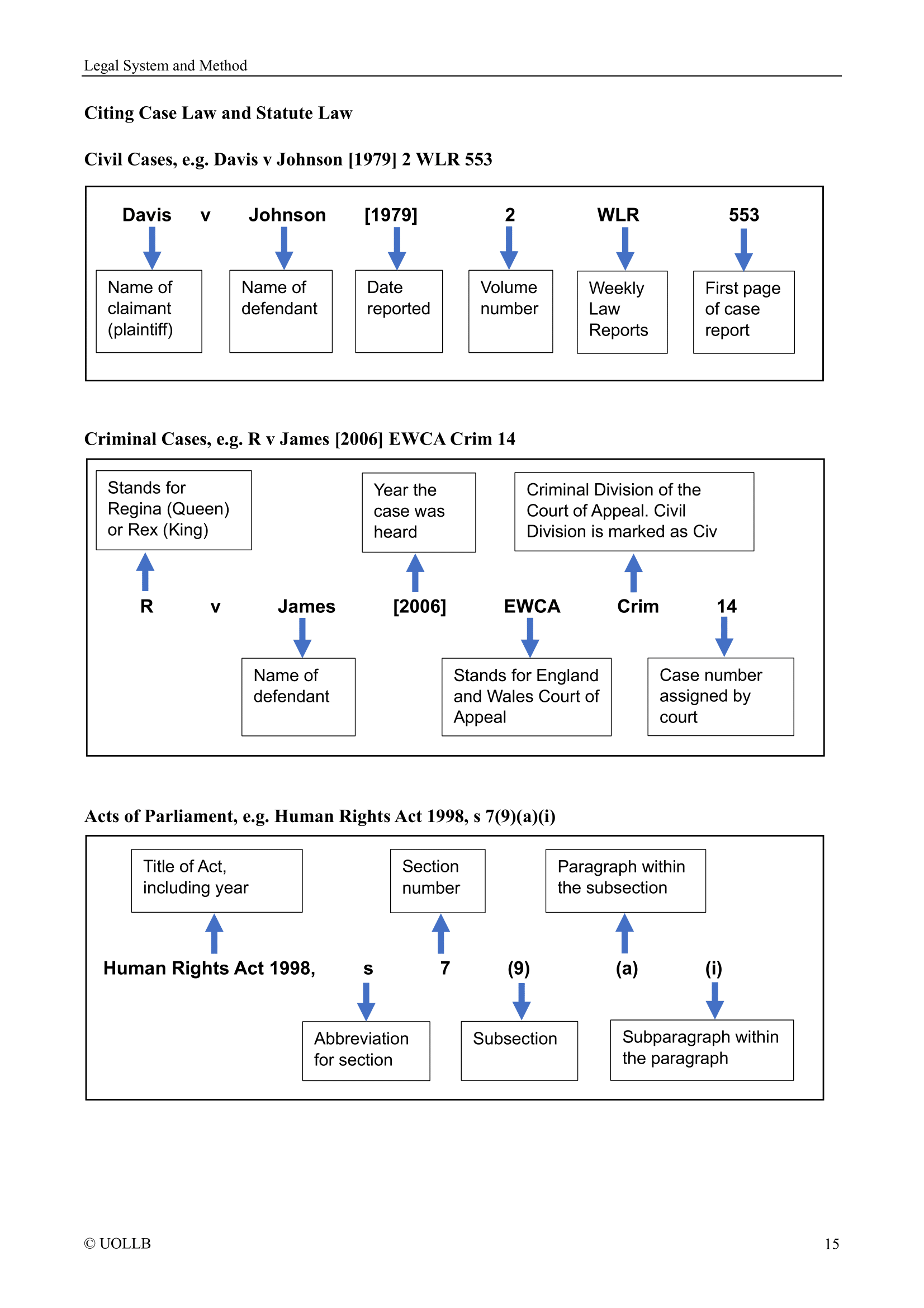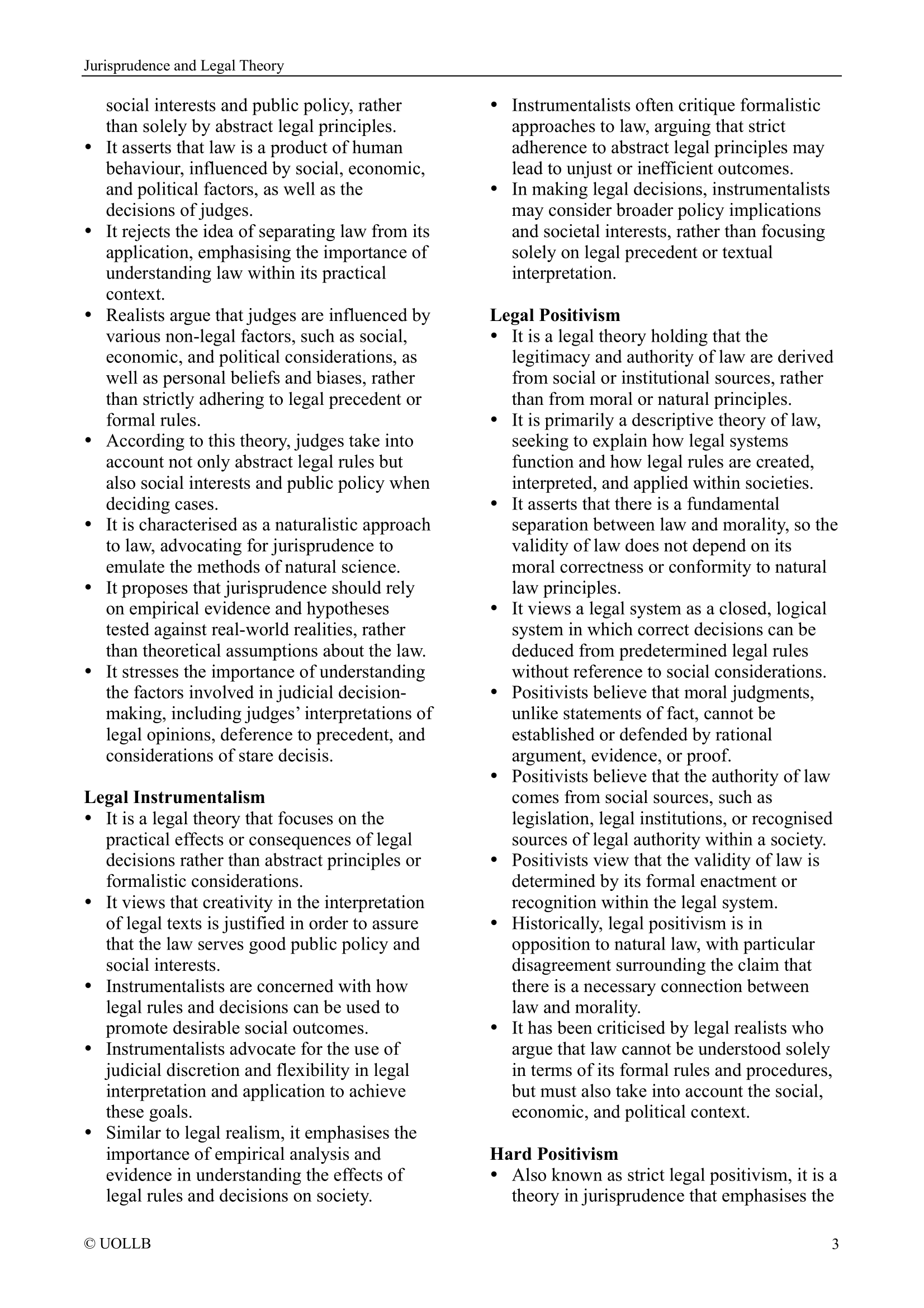Burns v Burns [1984]
Share
Burns v Burns [1984] Ch 317 is a notable case in English property law that navigates the complex terrain of beneficial entitlements for unmarried cohabitants. The case delves into the intricacies of financial contributions, homemaking, and the acquisition of property within the context of a long-term cohabitation.
Valerie Burns, the plaintiff, cohabited with Patrick Burns, the defendant, for an extended period of 19 years without entering into marriage. The house, the focal point of the legal dispute, was purchased in the defendant's name, with him solely shouldering the purchase price and mortgage instalments. Valerie Burns, although not contributing financially to the acquisition, played the role of a homemaker, dedicating herself to domestic duties. She did, however, make financial contributions to household bills and participated in redecorating activities.
The crux of the judgment lies in the determination that, in the absence of a financial contribution directly linked to the property's acquisition—such as mortgage instalments—a right to a beneficial entitlement to a family home is not established. The court held that homemaking and non-financial contributions alone do not confer a legal right to a share in the property's ownership.
This decision was subsequently affirmed by the Court of Appeal, where Lords Justice Waller, Fox, and May concurred on the pivotal principle that financial contributions related to the property's acquisition are crucial in establishing a beneficial entitlement for unmarried cohabitants.
This case contributes significantly to the legal landscape surrounding the property rights of unmarried cohabitants. By emphasising the importance of financial contributions directly tied to the property's purchase, the case sets a precedent that seeks to balance the interests of cohabitants within the bounds of property law. The decision underscores the need for a tangible and monetary connection to the property acquisition for a claim to beneficial entitlement.
In summary, this case provides clarity on the parameters of beneficial entitlements in the context of unmarried cohabitation. The case underscores the significance of financial contributions directly linked to property acquisition, offering guidance on the determination of rights concerning the family home. It stands as a key reference in understanding the legal principles governing property disputes among unmarried cohabitants in English law.
